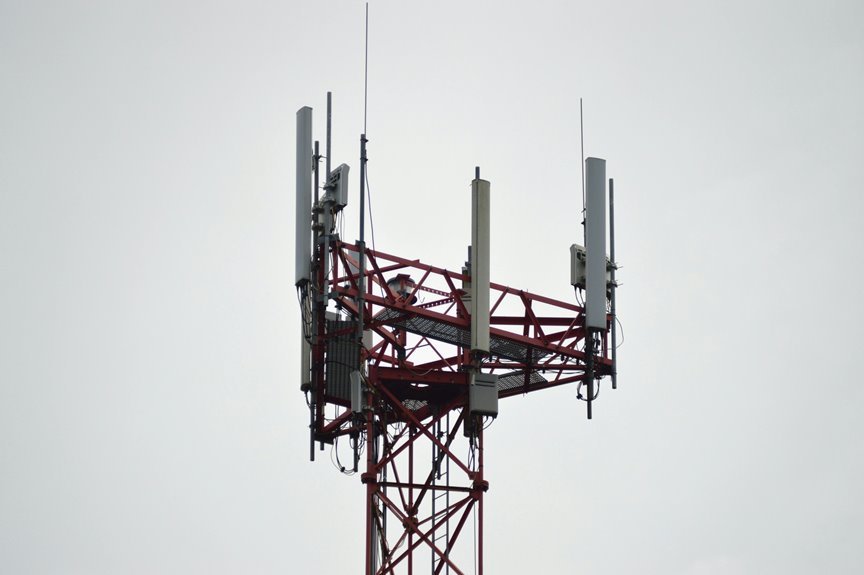
Wireless Frequency Coordination Integrity Operations 3713429402 3382160412 3381831530 3517432778 3509978872 5084002663
It’s interesting how the identifiers 3713429402, 3382160412, and others can seem random, yet play a critical role in wireless frequency coordination. By optimizing spectrum management, you can significantly reduce interference and enhance communication reliability. This is especially crucial in industries like broadcasting and automation, where seamless operation is non-negotiable. Understanding the strategies behind these operations could greatly impact your approach to spectrum management and compliance. What insights might you uncover?
Importance of Wireless Frequency Coordination
Wireless frequency coordination is crucial for maintaining the integrity of communications systems, especially as the demand for spectrum access increases.
Effective frequency allocation ensures that you can avoid interference, enhancing overall performance. By implementing robust spectrum management practices, you empower diverse users to coexist harmoniously.
This coordination not only optimizes available resources but also protects your right to utilize the spectrum efficiently and freely.
Overview of Unique Identifiers and Their Functions
Unique identifiers play a vital role in the realm of wireless frequency coordination by providing a systematic way to distinguish between different frequency users and devices.
They serve functional roles such as enabling efficient resource allocation, enhancing communication reliability, and preventing conflicts.
Strategies for Minimizing Interference
To effectively minimize interference in wireless frequency coordination, you should implement a combination of strategic techniques tailored to your specific environment and user needs.
Focus on spectrum management for efficient frequency allocation, ensuring optimal signal optimization.
Additionally, employ interference mitigation strategies, such as channel spacing and adaptive modulation, to enhance performance and maintain reliable communication, ultimately achieving a seamless wireless experience.
Applications of Wireless Frequency Coordination in Various Industries
As industries increasingly rely on wireless technologies, effective frequency coordination has become essential for maintaining seamless operations.
In broadcasting technologies, it ensures clear transmission without interference. Meanwhile, in industrial automation, frequency coordination optimizes communication between devices, enhancing efficiency and productivity.
Conclusion
In conclusion, effective wireless frequency coordination isn’t just a technical necessity; it’s the backbone of seamless communication. By understanding and utilizing the unique identifiers—3713429402, 3382160412, 3381831530, 3517432778, 3509978872, and 5084002663—you’re ensuring minimal interference and optimal resource allocation. Think of it as fine-tuning an orchestra; every frequency plays its part to create harmony in communication systems. Embracing these strategies not only enhances performance but also ensures compliance with regulatory standards across industries.




